Apple's description of a superior advertising technique is described in a patent application revealed this week, entitled "System and method for providing contextual advertisements according to a dynamic pricing scheme." The technology would allow users to complete transactions at kiosks or buy products with unique coupons and pricing via their iPhone.
Apple's application states that while many personal electronic devices display advertisements, their effectiveness can be limited. Apple's system intends to make advertisements more enticing for users by offering a unique pricing scheme and relying on marketing factors that indicate the likelihood of a user to be receptive to the ad.
Those marketing factors could be transmitted from the iPhone, allowing the advertising system to determine the pricing and approach that would best suit that customer. Advertisers would be charged based on the effectiveness of the ad.
"Based on a dynamic pricing scheme, the advertisers may pay a variable price for an advertisement based on the likelihood of influencing user behavior," the application reads.
The document describes a new application on the iPhone home screen, titled "Local Ad," that would allow users to obtain, store and view advertisements and coupons for local businesses. In addition, information about local businesses and special promotions could be viewed when connecting to a Wi-Fi network. Advertisements could also be present in other applications as well, such as when accessing the iPhone Maps app or searching in Safari.
The patent application also specifically mentions a handset with near-field communication capabilities as part of the system. A phone and corresponding advertisement with RFID tags could transmit localized advertisement data to a portable device. In addition, users could also obtain further information and special pricing by scanning a barcode or matrix code with the iPhone's built-in camera.
"If the submitted advertisement... provides a coupon for food at a restaurant, the submitting advertiser... may include an indication that the advertisement... is directed to food sales, times of day when meals are popularly served, a GPS location of the restaurant, keywords that may relate to the restaurant in an Internet search, how weather may affect the use or non-use of the coupon in the advertisement..., etc," the application reads.
Targeted ads could rely on unique information, such as the time of day and the location of the user. For example, a user may download an advertisement or coupon at one location, but not access it until later from a different place in town.
The system could also be used for billing customers, allowing a transaction with the unique pricing to be completed directly from the iPhone.
The application describes a city's transit authority running a Wi-Fi network which users could access with their wireless devices. Using the network, the transit authority could deliver targeted advertisements to users on the subway. Users could access a subway map to help them get to where they are going, and obtain special offers and discounted rates through the transit authority. The system could also provide the names of nearby restaurants or other businesses within the vicinity.
Users could also search for a specific business to obtain advertisements and special pricing. One included example has a user searching for a restaurant and receiving information about a sandwich shop in the area, based on the user's prior advertisement viewing habits.
While the described invention focuses on the iPhone, it also states that the technique could be used for a number of other devices, including an iPod, iMac, MacBook, AppleTV or AirPort.
The invention, credited to Gloria Lin and Michael Rosenblatt, was originally filed on Nov. 14, 2008. But in addition to its public reveal this week, the application is especially timely with Apple's forthcoming launch of the iAd mobile advertising platform.
With iAd, Apple aims to deliver content rich interactive ad experiences that will allow user interactivity and access to useful information when tapping an advertisement on an iPhone, iPod touch or iPad. Apple's premium advertising service is like a miniature application, allowing users to do things like play small games or find local stores when viewing an ad.
Apple has planned a unique approach for the launch of iAd, and reportedly seeks to charge as much as $10 million to advertise with the service at launch. Later this year, when the network is established, Apple allegedly plans to charge close to $1 million for ads — much higher than the $100,000 to $200,000 companies pay with existing mobile deals.
Some of the described technology also fits in with Apple's recent acquisition of Siri, the developer of a personal assistant application for the iPhone. The application allows users to search locally through voice, and provides the ability to complete complex tasks like make a reservation, all within one application. It is believed Apple paid $200 million to acquire the service.
 Neil Hughes
Neil Hughes




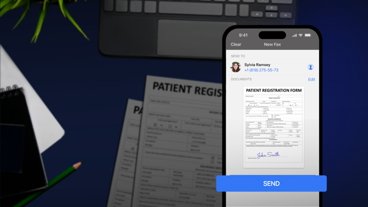
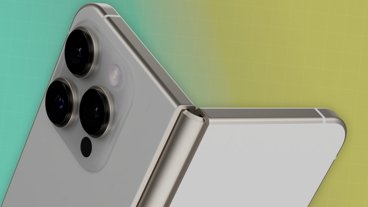

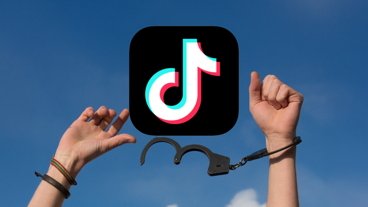


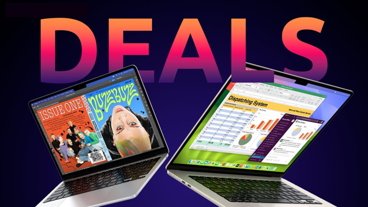
-m.jpg)






 Charles Martin
Charles Martin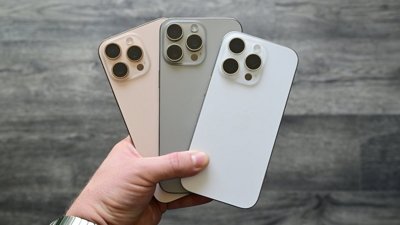
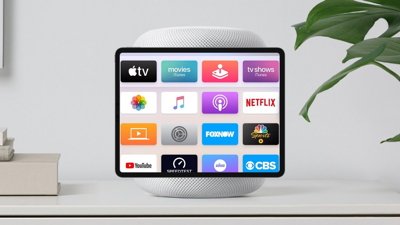
 Wesley Hilliard
Wesley Hilliard
 Stephen Silver
Stephen Silver
 William Gallagher
William Gallagher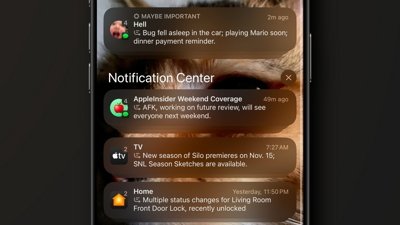

 Marko Zivkovic
Marko Zivkovic
 Andrew Orr
Andrew Orr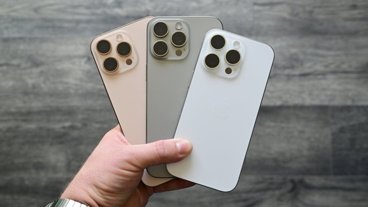








12 Comments
OK, I don't have $10 mil and I'm not sure that with that amount of money in my advertising budget I could justify my iAd just so I could claim 'pole' position. \
We've been able to do this for the last 4 years: http://theponderingprimate.blogspot....-solution.html
We've been able to do this for the last 4 years: http://theponderingprimate.blogspot....-solution.html
Never heard of you. So what? Why haven't you hooked up with Apple yet?
I am really tense about iAd. It seems neat...to developers. But what about users? Am I going to be forced to look at an ad every time I open an application? I love my iPhone, but if that were the case, I'd switch to Android.
Snore........